The noted South African poet, playwright, academic and performer Chris Mann has died, it has been reported.
According to a statement by the Grahamstown Cathedral on Facebook, Mann died at home, of cancer, on 10 March.
Mann was born in 1948 in present day Gqeberha (until recently known as Port Elizabeth). A prolific writer, he published more than a dozen volumes of poetry, including First Poems (1979), Kites (1992) and Heartlands (2002). His most recent collection, Rudiments, was published in 2017, and a new work, Heraclitus in Africa, remains forthcoming.
Mann received many awards for his work, including the Olive Schreiner Prize, the South African Performing Arts Councils’ Playwright of the Year award, the Thomas Pringle Award, and the English Academy of South Africa’s gold medal (the last of these in 2019).
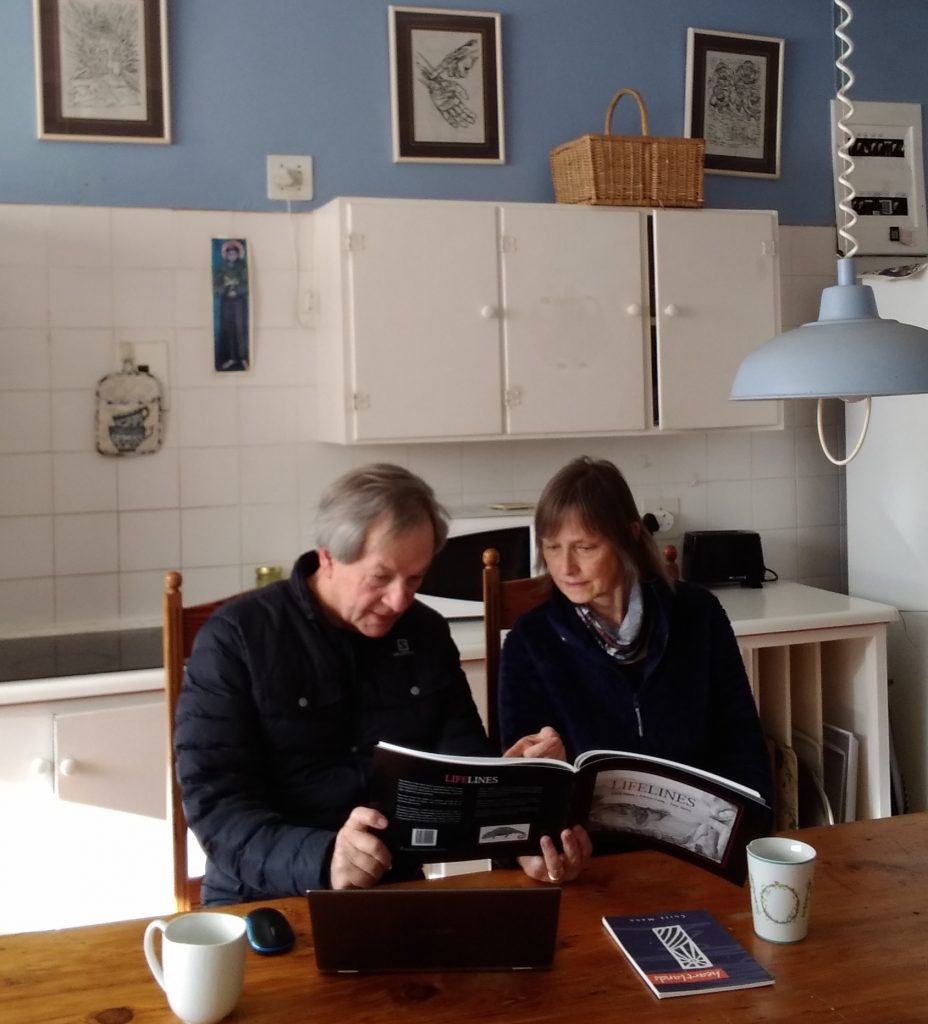
Mann’s book Lifelines (2006), was a collaboration with his wife Julia Skeen, who provided the illustrations, and co-author Adrian Craig. He toured the book, which celebrates animals from southern Africa, for many years, performing his verse in various settings.
Here is Mann performing ‘What’s an Aardvark to You’ from Lifelines at the 2008 Franschhoek Literary Festival:
According to Liesl Jobson’s biography at Poetry International, Mann ‘started his working life in rural development and poverty alleviation projects, such as low-cost water-supply and sanitation, small-scale agriculture and labour-intensive public works including secondary road and pipeline construction’. Mann worked for over a decade in rural education and development, primarily as a director of the Valley Trust outside Durban.
He obtained an MA in African Oral Literature from the School of Oriental and African Languages in London and an MA in English Language and Literature from Oxford University. He was made a Professor of Poetry at Rhodes University, Makhanda (formerly Grahamstown) in 2007. He taught at the university’s Institute for the Study of English in Africa for many years, and was eventually made Emeritus Professor of Poetry there.
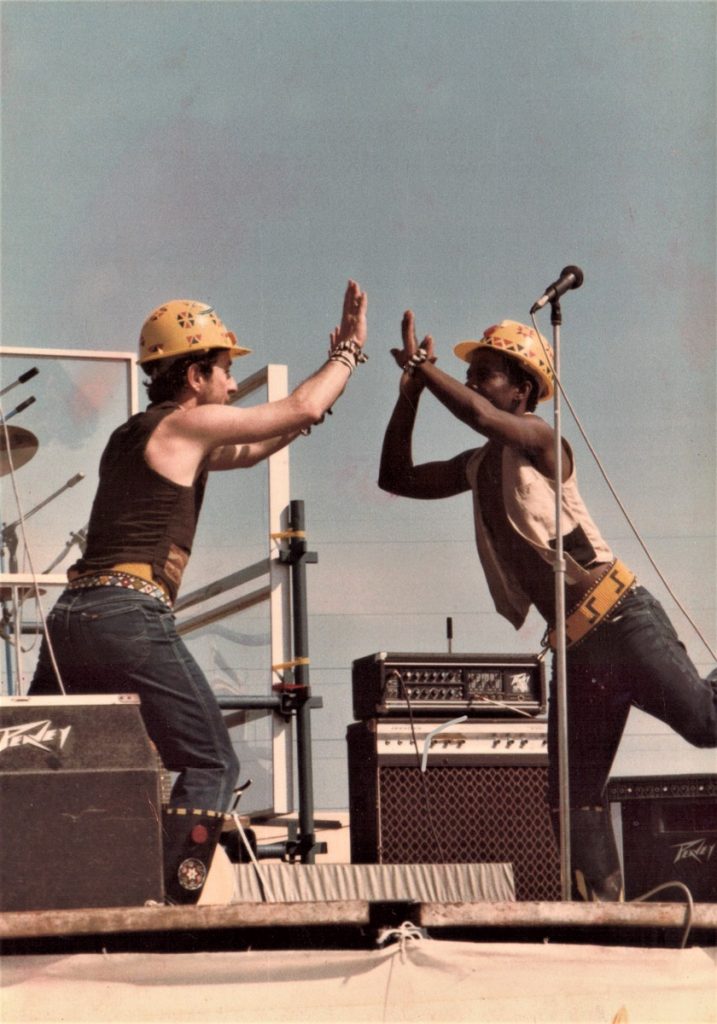
Known as ‘Zithulele’, Mann was a founder of and songwriter for the band Zabalaza, which performed in English and isiZulu; and also the founder of Wordfest, the annual Makhanda literary festival that ran alongside the National Arts Festival.
In 2008, Mann accepted the Thomas Pringle Award for Best Poem in a Journal, for his poem ‘Seahorse’, at Rhodes University. He gave the following speech, which speaks to his mystic approach to life and literature:
I would also thank the Academy for keeping the shade of Thomas Pringle alive. During his short stay in South Africa Pringle wrote poems that were sensitive to the natural environment and critical of human injustice. He also co-founded the first newspaper in the Cape and fought its suppression by the governor. On his return to Britain Pringle became the secretary of the Anti-Slavery Society.
The Seahorse poem is part of an experiment, a holistic work of environmental art called Lifelines. I would like to thank the scholars, scientists and artists who contributed to the book, the show, the DVD and the installation. Their names and contributions are recorded in the book. I wish there were the time to thank them individually here. Where do we belong? Belonging, the restless, aching desire to belong, is I believe a deeply felt spiritual need produced in the evolution of our species. Let me respond to the question by speaking in the language of my vocation, poetic metaphors.
We belong first of all in the cosmos. We are made from the dust of a vanished star. We carry the imprint of cosmic genesis in each cell and molecule of our bodies, in each of the fundamental force-fields that structure the trillions of nuclei in our bodies with exquisite finesse. The echo of the founding explosion of energy still rumbles in space, in this very room, fossil static inaudible to our ears but not to our delicately tuned instruments.
We belong in the biosphere of a tiny planet, at the tip of a life-line that stretches back billions of years from present time to a ridiculously improbable event, the first small twitch of life in a hot acidic sea. Our lifelong cousins are mosses and lichens, ants and dragonflies, maggots, viruses and bacteria, ferns, thorns and baobab trees and the salmon that leaps the weir in a silvery glint before it spawns its young and dies.
We belong to a species, a brilliant and dangerous family of big-brained animals which a few short seconds ago in cosmic time barked and beat their long-haired chests and swung through the trees of Africa.
We belong as well to a mother and father, our offspring and our kin. We are wombed in the culture and language of our upbringing. We are children of our education and also inhabit the languages and cultures we acquire in our global wandering. We belong to the songs we sing, the suffering we experience, the laughter that shakes us through and through, the poems we began and could not in the end complete.
Why then do we feel at times so disconnected, so alienated and bereft, so homeless, footloose, exiled, alone and lonely in the very midst of our intimacy with the cosmos, the biosphere, each other and our selves?
Belonging is different from a mindless assimilation, a drowning in the Other. Belonging implies that we are both alive and conscious that we are alive. Consciousness generates thought. Our sense of belonging as well as our sense of unbelonging would not exist were we not able to think.
The nano-amps of our thoughts sputter through the neuron networks in our brain day night. These patterns of energy are too complex to be reduced to mathematics. Consciousness in other words can never fully know itself.
These thoughts are shaped by other thoughts, by the pre-set voltage gaps between the neurons in the brain and by the incoming force-fields of space-time that our sensory organs absorb—the sounds, scents, textures, pressures, heat, light and air of our material habitat. Our soft small bodily organs are not and cannot ever be objective receptors. They filter, bend and contort the incoming resonances.
Our minds disaggregate and then reconfigure the hints and clues, framing them in a primary illusion, not disconnected from the cosmos but different from its fuller reality, the illusion that we live in three dimensions of space and one of time. The rest of our thoughts are by this metaphor illusions within that illusion.
Illusions are where our sense of belonging and unbelonging begin. Our sense of anomie, of detachment, of unbelonging is generated by illusions of separation, from the cosmos, from the biosphere, from each other and also from our own selves.
Are hunger, thirst, disease, physical pain and trauma and the multiple deprivations of poverty a filmic stream of illusions in the mind as well? Of course not, but a discussion of the nature of their incarnated reality lies outside the scope of this enquiry.
Who has not stared up at the stars and remembering the size of the universe not felt a shiver of alienation and insignificance? This is a false illusion, as dated and false as the idea that the sun rises above the horizon of the earth each dawn.
We now understand that our daily existence is materially inseparable from the mass, energy and time of the cosmos. We also understand that it takes a universe as big, as complex and as old as this one to create the remote possibility that something as astonishingly complex as conscious life could emerge.
Illusions of separation and belonging are part of the rhythm of thinking. Our thoughts oscillate, so to speak, in four dimensions, from detachment and observation to the recognition of patterns and causes. The ideas of the imagination twitch-switch, as it were, in multiple complexities informed by past experiences, each moment of the day, from analysis to synthesis and back again.
Illusions of separation, particularly in a materialist, monetarist and technology-driven culture that privileges instrumental reason can fissure the mind. The resultant sense of distance, fragmentation and absurdity can panic the psyche. Such illusions, generated by carefully constructed theories of understanding though they may be, can lead to that gnawing sense of unbelonging, of disconnection, of perpetual suspicion, inner agitation and grim and lonely hyper-individuation that is characteristic of numerous sensitive and thoughtful people in our era. How can we ever hope to unbelong less?
There are of course many approaches, too numerous to mention here. We could learn to think more holistically. We could integrate more of our separatist intellectual disciplines and institutions. We could heal the separations, the apartheid in our minds, by acknowledging that our inner life is saturated with the shades of other people completely different from us in personality and culture. We could try to begin and end our analytical trajectories of thought in prayer, the type of prayer that integrates our reason into wider perspectives of culture, space and time.
The seahorses in the poem are shown to experience separation as well as belonging. They rest at night attached to different stems of sea-grass in the lagoon. In the morning they swim towards each other, curl their tails together and in a kind of ritual dance twirl upwards towards the light. How conscious they are of what they do remains to be discovered.
The bonding behaviour of the pair of seahorses in their lagoon reminded me of something we often forget. We reduce our sense of separation, of unbelonging, when we humble our anthropocentric hubris and accept that the habitat in which our life has emerged in the cosmos is sacred.
We increase our sense of belonging further when we shake off the individuality of our separate sleeps and move towards each other across the gulf between our separate stems of grass. We can then affirm what that pair of seahorses morning after morning in the watery tabernacle of their habitat prompt us to recall: we belong most when we love.
Seahorse
I saw you first behind thick glass.
A horse-head in a sea-grass forest,
a spiral of tail curled round a stem.
The short stubby fin on your back
began to undulate its fan-thin ribs.
You flew slowly through your air.
You reminded me then of Pegasus.
Of catfish and whiskered molluscs
in the salt marshes of your lagoon.
Of Ovid’s mind, where vegetation,
people, animals and deities merge
in the estuarine tides of mythic time.
I pressed my forehead to the glass.
Your green had an octopus mottle.
Your eye-glance was all chameleon.
Nearby, a sprinkle of infants hung,
as spindly as plankton mosquitoes.
You’d reared their eggs in a pouch,
a kangaroo womb until their birth.
Were you creation’s perfect male?
A sea-mare floated from a reed,
your partner, your spouse for life.
I wondered if she knew emotion
and felt what we suppose is love.
The bone-hoops beneath her skin
gave her a crinoline, a bridal look.
Your daily wedding dance began.
She glided down an aisle of pillars,
entwined her curl of a tail in yours
and rose slowly, twirling with you
within a watery tabernacle of life.
© Chris Mann 2006. From Lifelines. Craig, A, Mann, C and Skeen, J (2006). With acknowledgement to the English Academy of South Africa and UKZN Press.

Hamba kahle, Chris Mann.

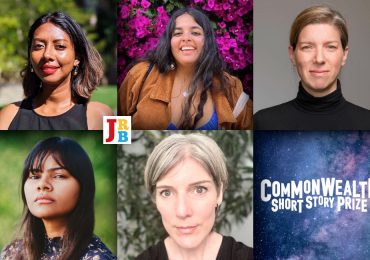
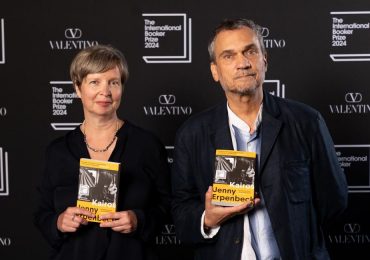
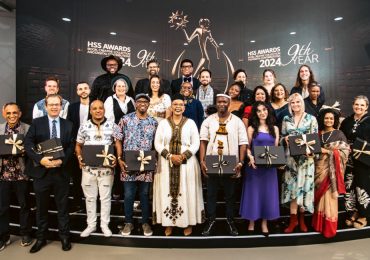
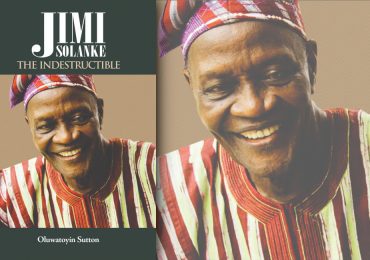
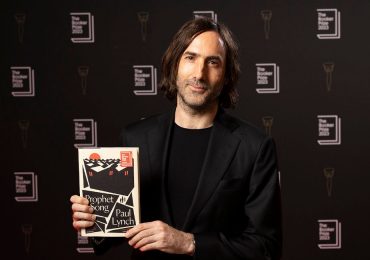
Lovely guy, great thinker .
RIP Chris, you made your mark and it made some difference, thanks.